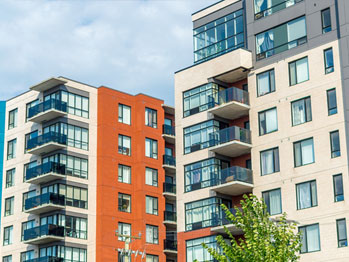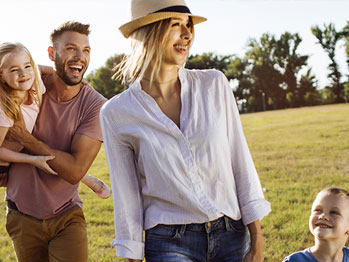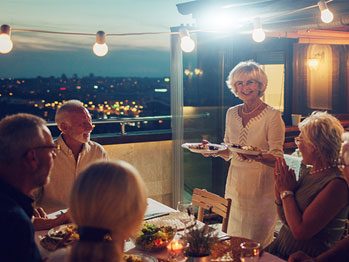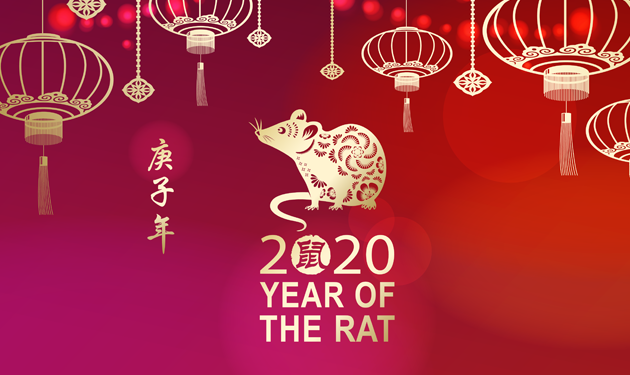
The Chinese New Year marks one of the most significant cultural events on the international calendar.
A time of great celebration involving copious amounts of eating, dancing and general merriment, the event – commonly referred to as the Lunar New Year, Spring Festival or Chunjie (Chinese), Tet (Vietnamese), Solnal (Korean) and Losar (Tibetan). – witnesses hundreds of thousands of Australians take to the streets to partake in any one of a multitude of activities on offer.
And with the 2016 Census figures revealing there are 1.2 million people of Chinese ancestry dotted around Australia, it’s hardly surprising the event has been increasing in popularity year on year with Sydney’s version said to be the largest celebration of its type outside Asia.
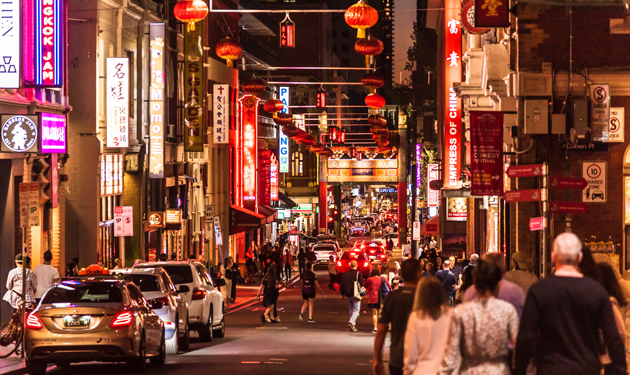
In 2019, an estimated 1.4 million people attended 80 themed events, including a launch party with lion dancers, 12 locally designed zodiac lanterns and fireworks – and that’s just in one city.
Clearly an entrenched part of Australian culture, celebrations begin on the final day of the last month of the Chinese calendar (which in 2020 falls on January 25) and end with the Lantern Festival on February 8.
While it is not officially recognised as a nationwide public holiday in Australia, many Chinese businesses remain closed on the day or amend their business hours to take part in the celebrations.
The Chinese zodiac is a classification scheme that is similar to the calendar months of the western world with the exception that they repeat in a 12-year cycle. Each Chinese New Year is associated with an animal name for one of 12 animals in the Chinese zodiac.
According to the Chinese calendar, 2020 is the Year of the Rat. While in western culture, this would not be viewed as particularly lucky, in Chinese culture the Rat is considered a protector and a bringer of prosperity.
People born in the year of rat are generally born with the zodiac rat characteristics and are believed to be very industrious and thrifty, diligent and positive.
The Chinese New Year also brings with it a host of traditions, with flowers are an important part of New Year decorations. Writings that refer to good luck are often seen in homes and business environments. Tangerines and oranges are also displayed in many homes and stores as a sign of luck and wealth.
The family celebration on New Year’s Eve is known as the “surrounding the stove” or weilu. This comprises of a dinner arranged for the spirits of the ancestors, together with the living and represents past and present, and one strong community.
It is also customary at this time for married couples to give lucky money called ‘Hong Bao’, ‘Ang Pao’, or ‘Lai See’ to unmarried relatives, especially children, in the belief it will bring luck to both the receiver and giver. Older family members must also give lucky money to all those who are younger in the family, including those who are married.
For strata residents who wish to pass on their best wishes to neighbours or friends upon the arrival of the Lunar New Year, “Gong hei fat choy” is the most common Chinese New Year greeting in Cantonese. It directly translates to “wishing you great happiness and prosperity”. In Mandarin, the same greeting is “gong xi fa cai”.
For those who wish to partake in the Lunar New Year festivities or to learn more about why it remains such an important celebration, it may be worthwhile bookmarking the following:
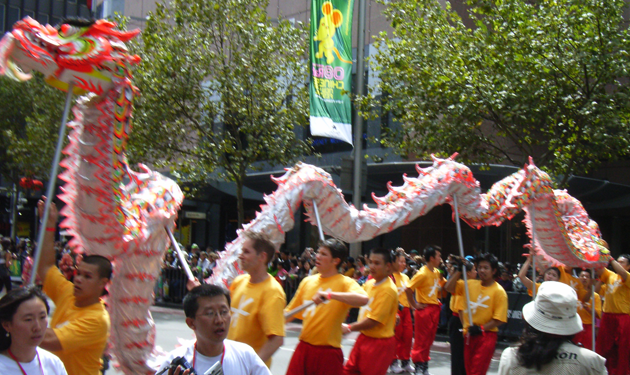
Sydney: See here to find out when to view the lion dancing in Chinatown, check out the lunar lanterns time lapse or take part in dragon boat racing in what is being touted as the biggest event of its kind in the Southern Hemisphere.
Melbourne: While each festival offers its own unique theme, performances and food, visitors have the chance to experience Chinese lion dances, firecrackers, martial artists and dancing with events taking place everywhere from the Queen Victoria Markets to Docklands.
Adelaide: In Adelaide, the Lunar New Year is recognised annually as an important cultural event with celebrations showcasing time honoured rituals, music, art and food. City stores come together to celebrate in style with a range of exclusive Lunar New Year offers, events and festive banquets.
Brisbane: The city’s Queen Street Mall comes alive with a celebration of Chinese culture during the Lunar New Year including traditional performances such as traditional Chinese dance performance and the popular lion and dragon dances with performers dressing in vibrant and exciting costumes to the beat of traditional Chinese drums.
